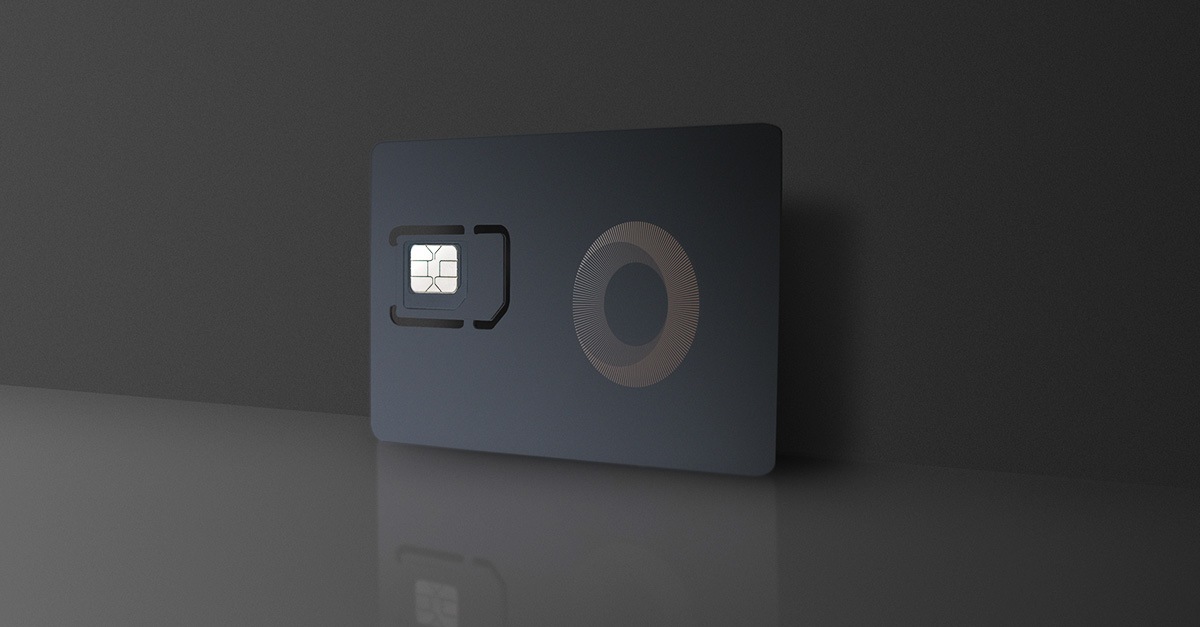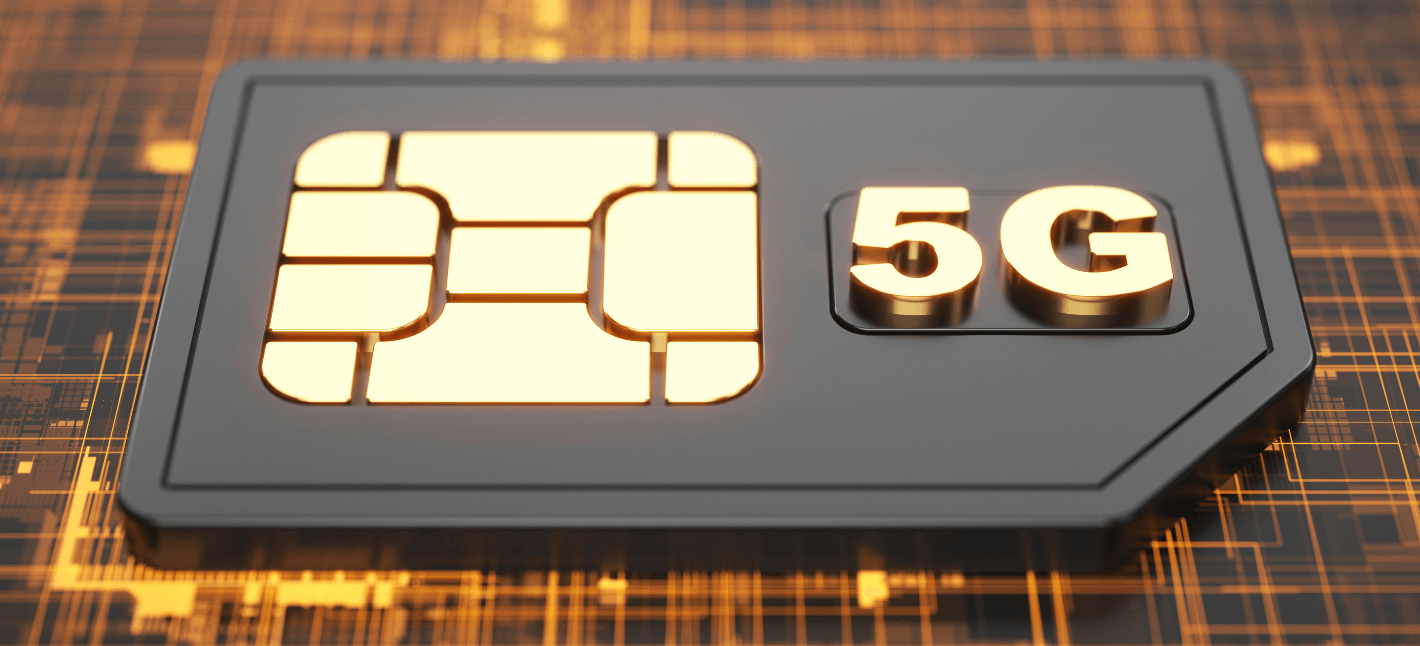Cheapest Iot Sim Card IoT and M2M SIM Cards
Cheapest Iot Sim Card IoT and M2M SIM Cards
Blog Article
How Iot Sim Card Works IoT SIM Card Global M2M Connectivity

In the quickly evolving landscape of the Internet of Things (IoT), the demand for environment friendly, resilient, and low-energy connectivity solutions is more critical than ever. As devices proliferate and the necessity for constant data transmission grows, low-power IoT connectivity protocols have emerged as important enablers for the ecosystem. Understanding these protocols is significant for developers, engineers, and companies aiming to leverage IoT technologies effectively.
Low-power connectivity is primarily aimed at options that require minimal energy consumption while facilitating communication throughout numerous devices. The hallmark of those protocols lies in their capacity to sustain lengthy battery life, typically extending to several years for gadgets running on small batteries. The steadiness between energy efficiency and dependable connectivity is a core tenet of IoT deployments.
What Is An Iot Sim Card IoT SIM Card Connectivity
One of probably the most recognized low-power connectivity choices is LoRaWAN. It stands for Long Range Wide Area Network and is designed for long-range transmissions with low power necessities. LoRa allows devices to speak over distances that surpass traditional wi-fi solutions, making it appropriate for purposes such as agriculture and smart metropolis infrastructure.
LoRaWAN operates in unlicensed frequency bands, allowing for important cost savings, although this also means elevated potential for interference. The architecture employs a star community topology, connecting various sensors to gateways, which then talk with a central server. This approach allows devices to remain in a low-power sleep mode till they need to transmit information, conserving energy.
Another outstanding protocol is Sigfox, which additionally operates in a low-energy, wide-area context. It is specifically tailor-made for small messages, optimizing the transmission of lightweight knowledge packets. This makes it ideal for purposes like asset monitoring and environmental monitoring, where solely brief updates are needed.

Unlike LoRaWAN, Sigfox makes use of a simpler protocol designed primarily for uplink messages, transmitting information from units to the cloud. Its unique strategy to information transmission leads to a simple and efficient ecosystem that prioritizes battery longevity and network scalability, even because the number of connected units grows.
Best Iot Sim Card SIM Card IoT Projects Global Deployments
Zigbee has carved its area of interest in low-power, short-range connectivity, significantly for residence automation and industrial applications. It employs a mesh community topology, allowing gadgets to relay messages to one one other, effectively extending the vary of communication without needing excessive energy expenditure. Each device within the Zigbee community acts as a repeater, enabling more sturdy connectivity in environments plagued by obstacles that may otherwise disrupt communication.
Zigbee supports multiple channels within the 2.4 GHz band, offering versatility and flexibility for system intercommunication. Its low energy consumption model makes it suitable for battery-operated gadgets that demand long operational life, though the boundaries of vary may hinder some purposes.
Cheapest Iot Sim Card SIM cards stopped working IoT Modules
Bluetooth Low Energy (BLE) serves the particular purpose of providing a low-power different to classical Bluetooth. Commonly found in wearables and health-monitoring units, BLE enhances energy effectivity by allowing units to stay in a low-power sleep state while still sustaining the ability to transmit knowledge.
This protocol exemplifies the adaptability required for IoT deployments, providing a balance between knowledge transmission velocity and energy wants. BLE has gained traction in various shopper electronics, establishing standards for health trackers and smart residence devices where power consumption is a important factor.
Narrowband IoT (NB-IoT) represents another low-power various that integrates seamlessly into current cellular networks. Utilizing only a narrow band of frequency, NB-IoT effectively enhances blog here connectivity for units in hard-to-reach areas. This solution emphasizes the importance of cost-effective scalability for urban environments, the place numerous devices should reliably function without delay.
The protocol's ability to penetrate deep indoors means it is perfectly fitted to applications that involve constructing utilities or enhanced city infrastructures - Iot Machine To Machine Sim Card. The evolution of NB-IoT represents convergence between conventional cellular networks and modern IoT necessities, enabling service suppliers to supply low-cost options with in depth protection.
How Iot Sim Card Works Built For Bigger Internet of Things SIM Cards
Weighting the options of all these low-power connectivity protocols leads to analyzing them through numerous lenses, together with software context, energy demands, and data requirements. Understanding these protocols' nuances permits for knowledgeable decision-making in choosing probably the most suited choice for specific use cases.
For builders advocating fast deployment and in depth scalability, choosing among these options can have lasting implications. As networks develop and system counts lessen the limitations of conventional infrastructures, these protocols have unlocked pathways to revolutionary solutions across a spread of sectors. Each protocol serves particular niches, catering to varying calls for round energy efficiency, distance, and data integrity.

Future developments in low-power IoT connectivity protocols promise much more refined solutions. The integration of machine learning and synthetic intelligence into these networks can result in self-optimizing architectures, thus further refining energy use whereas boosting efficiency metrics. Steering toward a more sustainable IoT panorama will hinge upon enhancing these protocols to handle the increasing information calls for competitive with conventional, extra energy-hungry networks.
In conclusion, the landscape of low-power IoT connectivity protocols is a tapestry of various options tailored to fulfill specific use cases. LoRaWAN, Sigfox, Zigbee, BLE, and NB-IoT each provide distinctive benefits that may improve the performance and effectivity of related gadgets. As the world continues to embrace the Internet of Things, understanding and leveraging these protocols will play a pivotal function in driving innovation and sustainability throughout various industries.
Cheap Iot Sim Card IoT SIM
- Low-power IoT connectivity protocols are designed to optimize energy consumption, permitting gadgets to operate for extended intervals on limited battery energy.
- LoRaWAN (Long Range Wide Area Network) facilitates long-range transmissions with minimal power utilization, making it best for rural and expansive areas.
- NB-IoT (Narrowband IoT) utilizes existing cellular networks and presents improved indoor coverage, low latency, and better battery life compared to traditional cellular protocols.
- Zigbee operates in a mesh community topology, enabling units to communicate not directly, enhancing range and reliability whereas conserving energy.
- Thread is an IP-based protocol that gives secure and scalable communication for low-power gadgets, making it suitable for residence automation purposes.
- Sigfox makes a speciality of ultra-narrowband radio technology, specializing in the transmission of small information packets over long distances with excessive energy efficiency.
- Bluetooth Low Energy (BLE) is commonly used for short-range communication, considerably reducing energy consumption whereas maintaining an excellent connection range.
- Weightless is a collection of standards focused on low-power, wide-area networking, providing totally different variants tailor-made to specific utility needs.
- Anticipating the rise of smart cities, low-power IoT protocols facilitate infrastructure communication, enhancing the effectivity of resources and companies.
- Security remains a precedence across all low-power IoT protocols, incorporating encryption and authentication measures to guard gadget communications from potential threats.undefinedWhat are low-power IoT connectivity protocols?
Low-power IoT connectivity protocols are communication standards designed for devices that have to function with minimal energy consumption. These protocols enable environment friendly information transmission over quick to long distances while preserving battery life, making informative post them ideal for applications similar to smart properties, wearable expertise, and environmental monitoring.
Why are low-power protocols necessary for IoT devices?
Low-power protocols are essential for IoT gadgets as they allow for prolonged operation on limited energy sources, similar to batteries or energy harvesting methods. This is significant in purposes where frequent charging or battery substitute is impractical, ensuring that units remain useful over long intervals.
Iot Global Sim Card IoT SIM card
What are some examples of low-power IoT connectivity protocols?
Common low-power IoT connectivity protocols include LoRaWAN, Sigfox, Zigbee, and NB-IoT. Each of those protocols has distinctive options tailor-made for various use circumstances, such as long-range connectivity, low information rates, and mesh networking capabilities, making them suitable for various IoT applications.
How do low-power protocols differ from traditional connectivity protocols?
Low-power protocols are specifically designed to reduce energy consumption and optimize battery life, while traditional protocols like Wi-Fi and Bluetooth may prioritize higher data throughput. Low-power protocols often support longer-range communication and lower data charges, making them fit for IoT purposes that require longevity over velocity.
Does Nb-Iot Need A Sim Card IoT M2M SIM Cards Data Plans
What elements ought to be thought of when selecting a low-power IoT connectivity protocol?
When deciding on a low-power IoT connectivity protocol, contemplate components corresponding to vary, data price, energy consumption, network topology, and the precise requirements of the application. Additionally, assess the availability of network infrastructure, scalability, and compatibility with existing systems to make sure a seamless deployment.
Can low-power protocols assist real-time information transmission?
Sim Card For Iot Devices IoT SIM card IoT M2M eSIMs
While low-power protocols are sometimes optimized for energy effectivity, some, like NB-IoT, can help real-time knowledge transmission to a certain extent. However, they may not be suitable for applications requiring high-speed knowledge switch. Choose a protocol based mostly on the urgency of knowledge transmission needs versus energy conservation.
Are low-power IoT connectivity protocols secure?
Sim Card For Iot IoT SIM Card API global connectivity
Security in low-power IoT protocols varies by protocol. Many trendy low-power protocols integrate encryption and authentication features to safeguard knowledge towards unauthorized access. It's essential to review a protocol's security measures and consider additional layers of security based on the particular use case.
What industries profit most from low-power IoT connectivity protocols?
(Global Iot Sim Card)
Iot Sim Card copyright IoT SIM network-independent IoT SIM
Industries such as agriculture, smart cities, healthcare, and logistics tremendously benefit from low-power IoT connectivity protocols. These sectors often require gadgets to watch, collect, and transmit information over prolonged durations without frequent maintenance, making low-power choices advantageous.
Is the deployment of low-power IoT connectivity protocols complex?
The complexity of deploying low-power IoT connectivity protocols is determined by the specific protocol and the present infrastructure. Generally, they're designed for ease of use, but components similar to network configuration, gadget compatibility, and required scalability ought to be carefully deliberate to ensure a smooth implementation.
Report this page